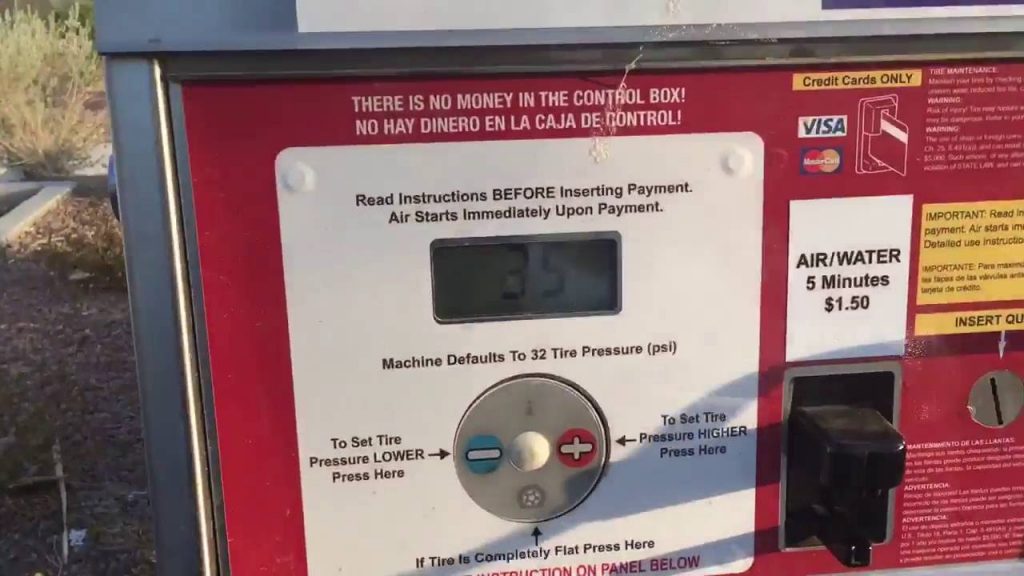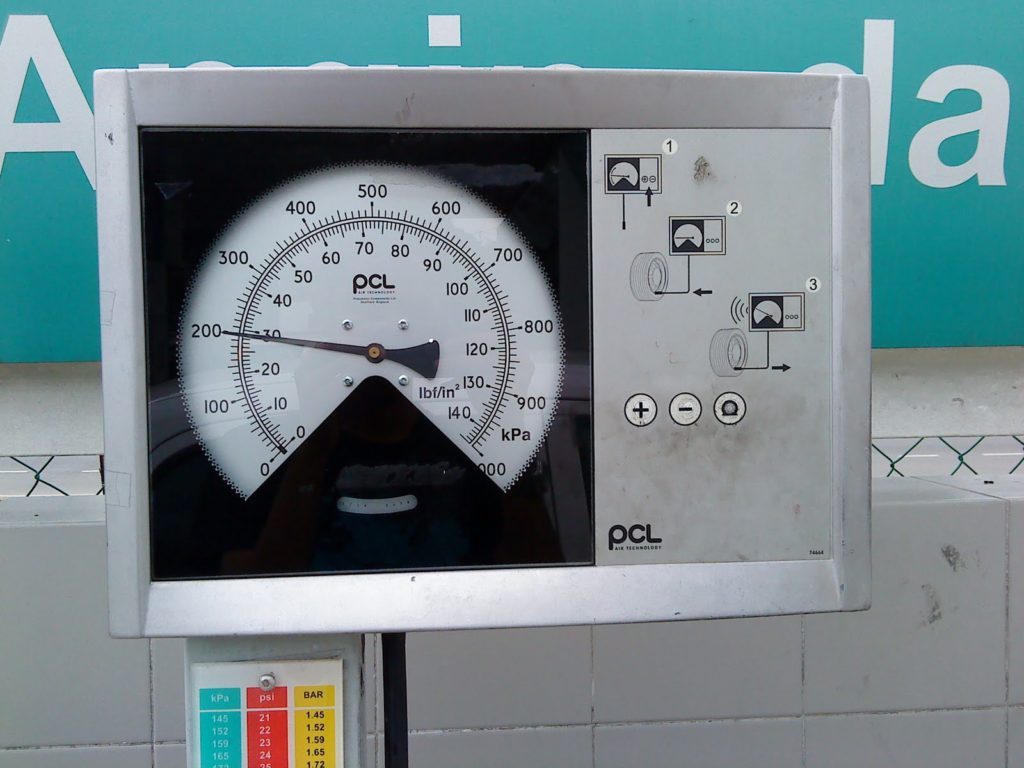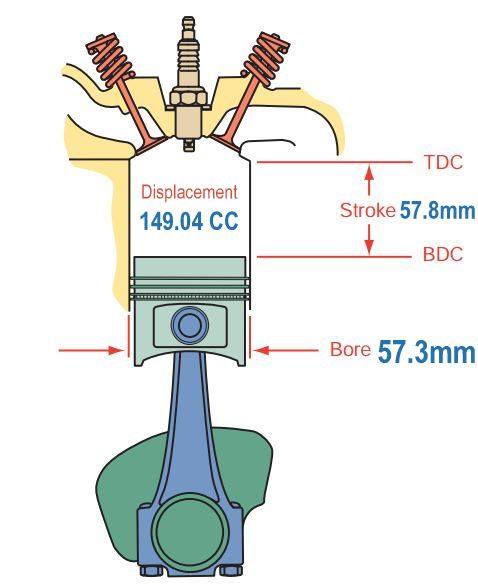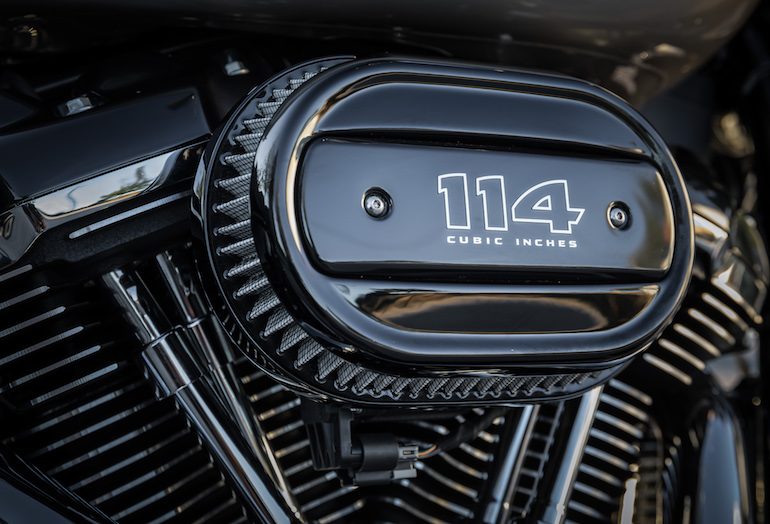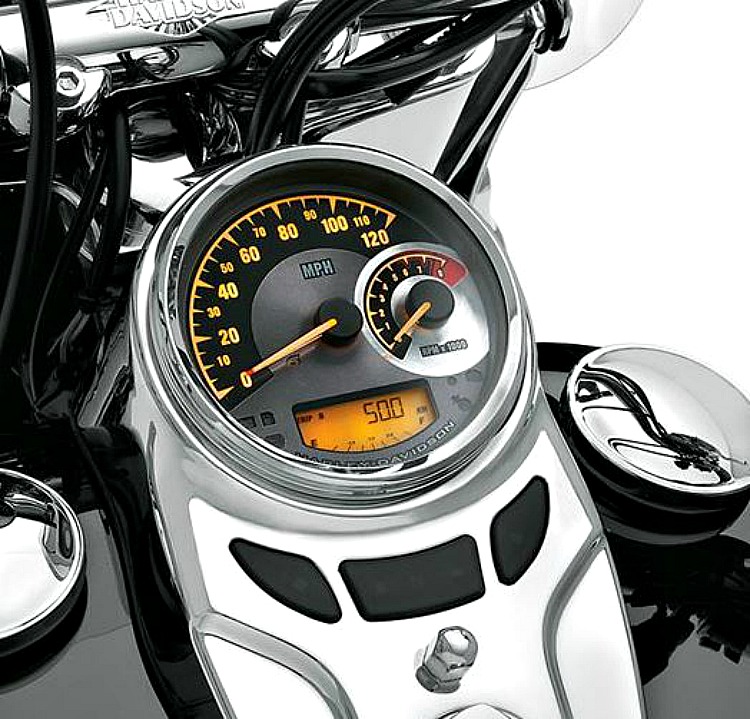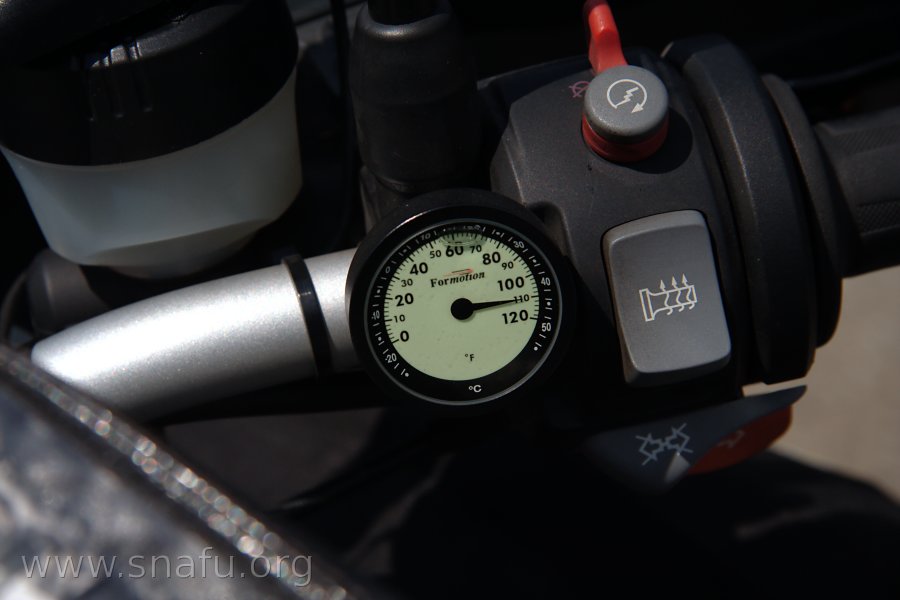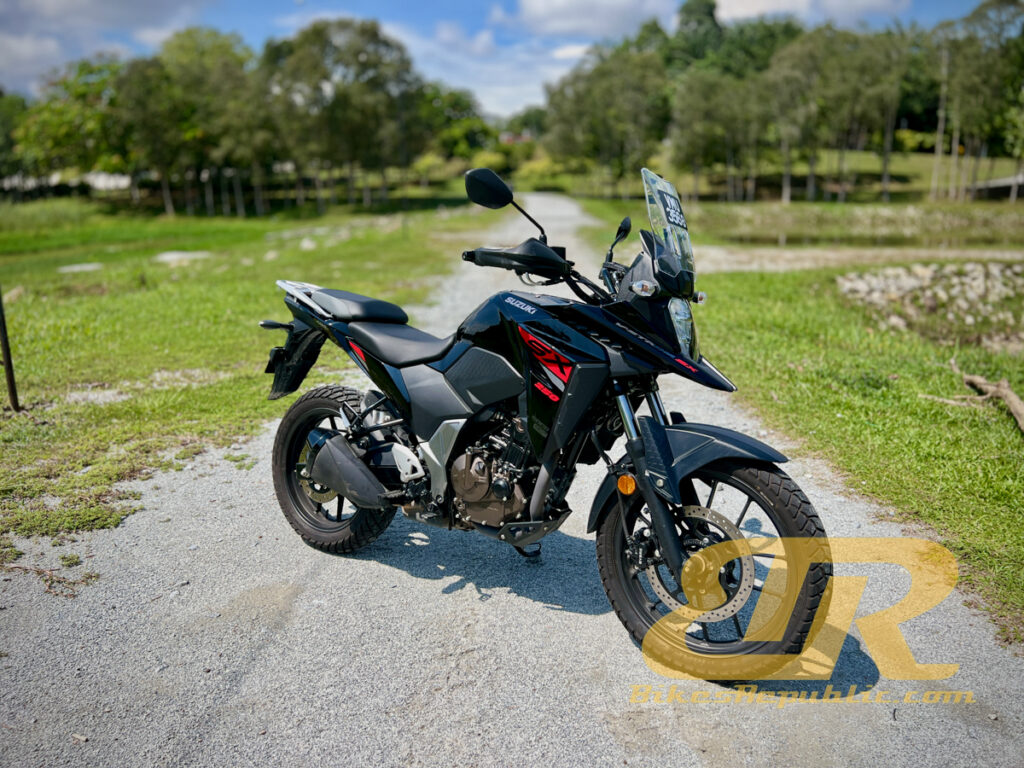-
It’s useful to know a few math formulas and conversions.
-
They could come in handy whenever the situation arises.
-
Math isn’t scary, they can be downright fun instead.
You may have pulled up at a petrol station to inflate your tyres and the measurement unit on the air pump left you scratching your head. Or you’ve travelled a certain distance in a given time but uncertain on how to calculate the average speed. Or how many c.c.’s (cubic centimetres) is that 114 cubic inch Harley engine?
Fret not, because we’re here to help. We work with these numbers on an almost daily basis.
1. Pound-per-square-inch (psi) to kilopascal (kPa)
We’re familiar with these two pressure measurements as tyre pressures. While kilopascal is more widely used, there are still many pumps that still measure in pounds-per-square-inch.
To convert, multiply by 6.9 kpa. For example, 32 psi X 6.9 = 220.8 kPa.
What about bar? You just need to multiply the number by 100 to obtain the kilopascal reading i.e. 2.5 bar X 100 = 250 kPa.
2. Distance (km), speed (km/h) and time (hr.)
These three are interlinked. The easiest way to remember the formulas among them is to draw a triangle and place Distance (D) on top of Speed (S) and Time (T).
Say if you travelled at a steady 110 km/h for 3 hours and 15 minutes:
Distance = 110 km/h X 3.25 hours = 357.5 km
Conversely, to determine your average speed after covering a known distance in a certain amount of time, say from the Rawang R&R to the Bukit Kayu Hitam Immigration Checkpoint (441km) in 3 hours, 25 minutes:
Speed = 441 km ÷ {[(3 hrs. X 60 minute) + 25 minutes] ÷ 60 minutes} = 441 ÷ (205 ÷ 60) = 441 km ÷ 3.42 hours = 128.95 km/h
Finally, say you’re planning a convoy and need to estimate the amount of time you’d spend in covering a distance at a certain speed. Again, let’s assume the 441 km distance at an average of 110 km/h.
Time = 441 km ÷ 110 km/h = 4 hours
3. Engine Displacement / Capacity (cc)
The formula is: Displacement = Pi X radius2 X height = P X (½ X bore)2 X stroke
As an example, let’s use the Triumph Tiger 800 which we tested recently. The bore’s 74.0 mm and stroke’s 61.9 mm. However, since we seek the result in cubic centimetres (cc), we have to first convert milimetres to centimetres. Hence, the bore and stroke are 6.19 cm and 7.40 cm, respectively. Let’s plug in the numbers.
Pi X (½ X 7.40)2 X 6.19 = 3.14 X (3.70)2 X 6.19 = 3.14 X 13.69 X 6.19 = 266.08 cc
That’s the displacement of one cylinder. Since the Tiger 800 is an inline-Triple, we multiply 266.08 by 3. Therefore, the engine displacement of the Triumph Tiger 800 is 266.08 X 3 = 798.26 cc, which is rounded to 800 cc.
4. Cubic Inches (c.i.) to Cubic Centimetres (cc)
As we mentioned earlier, Harley-Davidson and Indian motorcycle engine capacities are published in cubic inches; such as the Milwaukee-Eight 114 and Thunder Stroke 111, respectively.
To convert, multiply cubic inch by 16.387. Therefore, 114 X 16.387 = 1868.12 cc, rounded to 1870 cc.
5. Kilowatt (kW) to mechanical horsepower (hp)
Certain manufacturers publish their products’ power output in kilowatt (kW), but we are more familiar with horsepower.
To convert, multiply kW by 1.34. Hence, 70 kW X 1.34 = 93.8 hp, or rounded to 94 hp.
6. Metric horsepower (PS) to mechanical horsepower (hp)
PS is known as metric horsepower, while HP is known as mechanical horsepower.
To convert, multiply ps by 0.986. Thus 35 PS X 0.986 = 34.5 hp
7. Foot-pound (ft. lb.) to Newton-Metre (Nm)
These two units concern torque, usually used to quote the engine’s “pulling power.”
To convert, multiply ft. lb. by 1.36. Hence, 90 ft. lb X 1.36 = 122.4 Nm
8. Miles-per-hour (mph) to kilometres-per-hour (km/h)
To convert, multiply mph by 1.61. Thus, 60 mph X 1.61 = 96.6 km/h
Similarly, 1 mile is equal to 1.61 kilometres.
9. Foot (ft.) to metre (m)
To convert, multiply by 0.30. Thus, 30 feet X 0.30 = 9.00 metres
10. Inch (in.) to milimetre (mm)
To convert, multiply by 25.4. Hence, 3.5 inches X 25.4 = 88.9 mm
11. Pound (lb.) to kilogram (kg)
To convert, multiply by 0.45. Thus, 410 lb. X 0.45 = 184.5 kg
12. Fahrenheit (F) to Celsius (C)
Do bear in mind that the Fahrenheit scale is 32o when the temperature is 0o Celsius. So, in order to determine the temperature in Celsius, you need to take the Fahrenheit reading, subtract 32 and multiply by 0.5556.
For example: 90o F = (90 – 32) X 0.5556 = 58 X 0.5556 = 32.2o C



